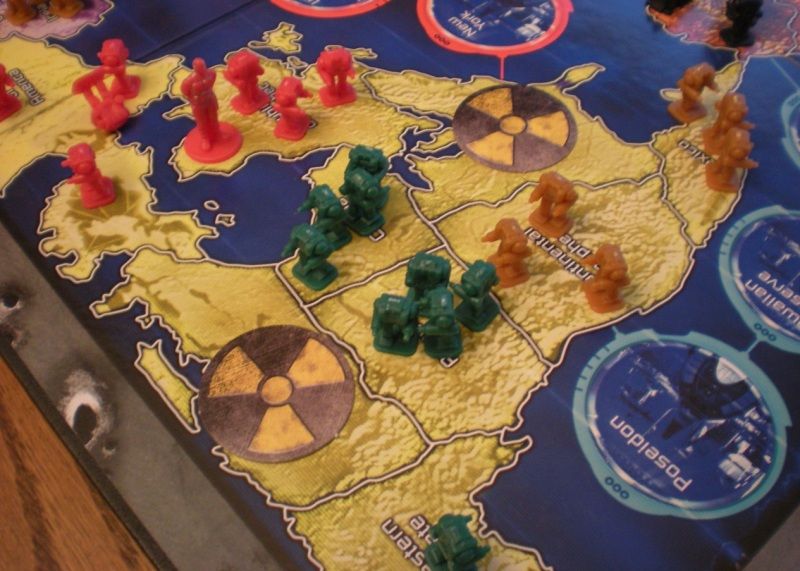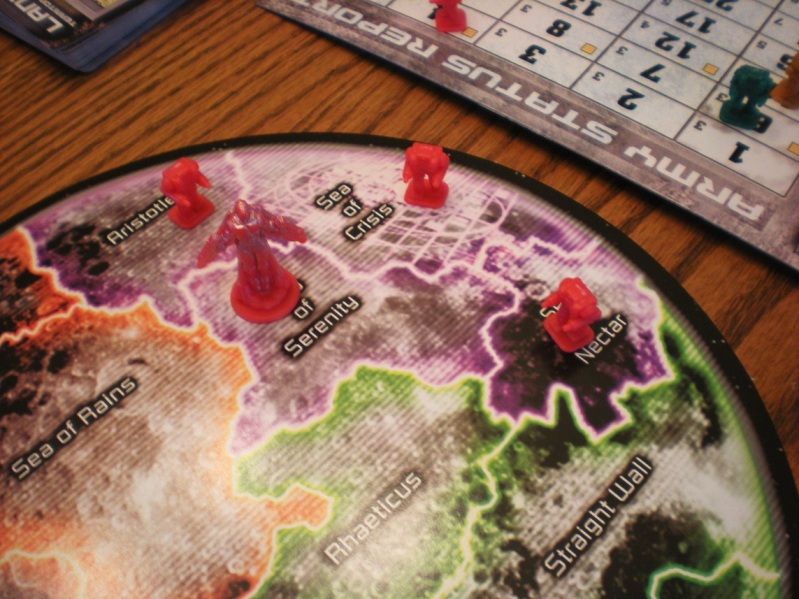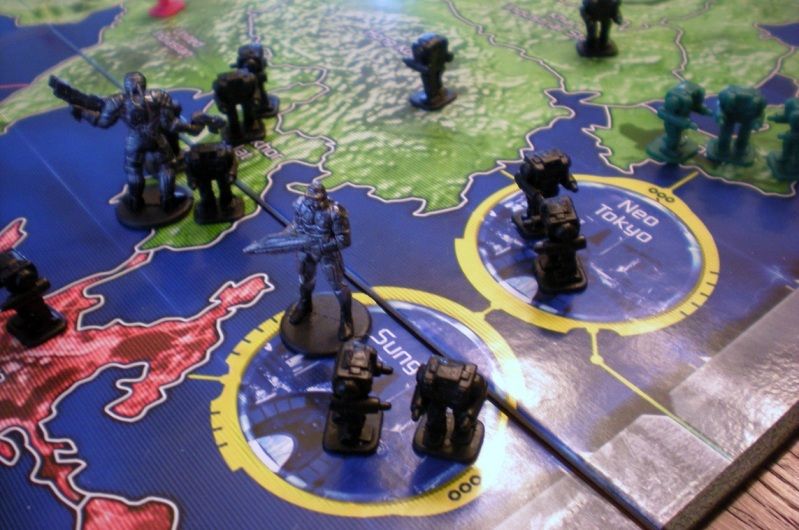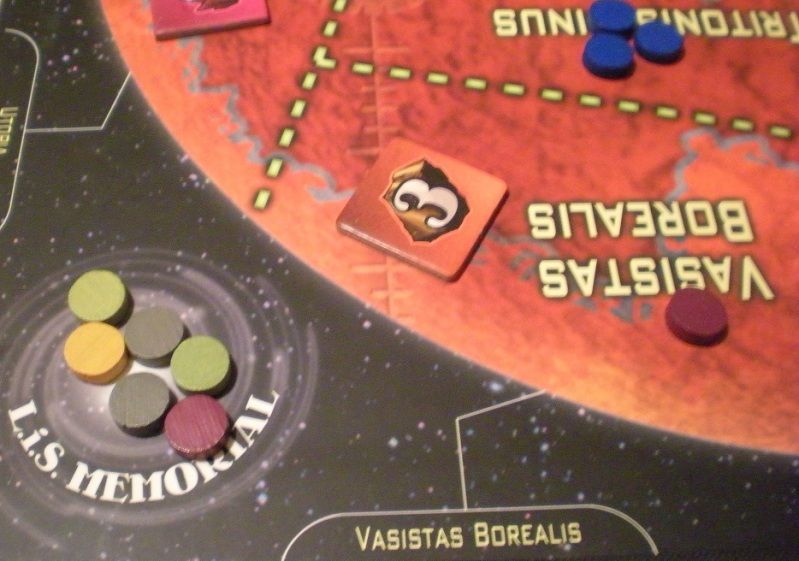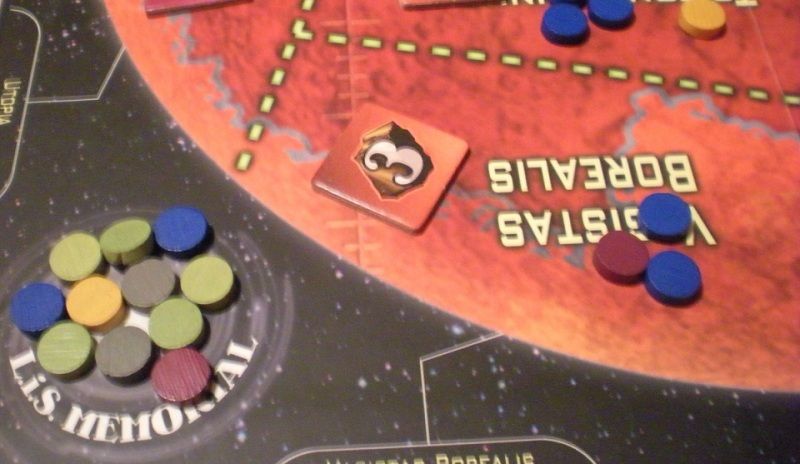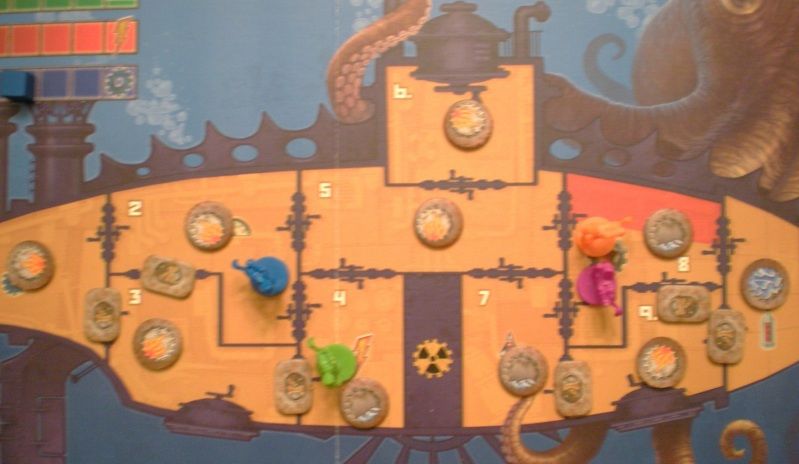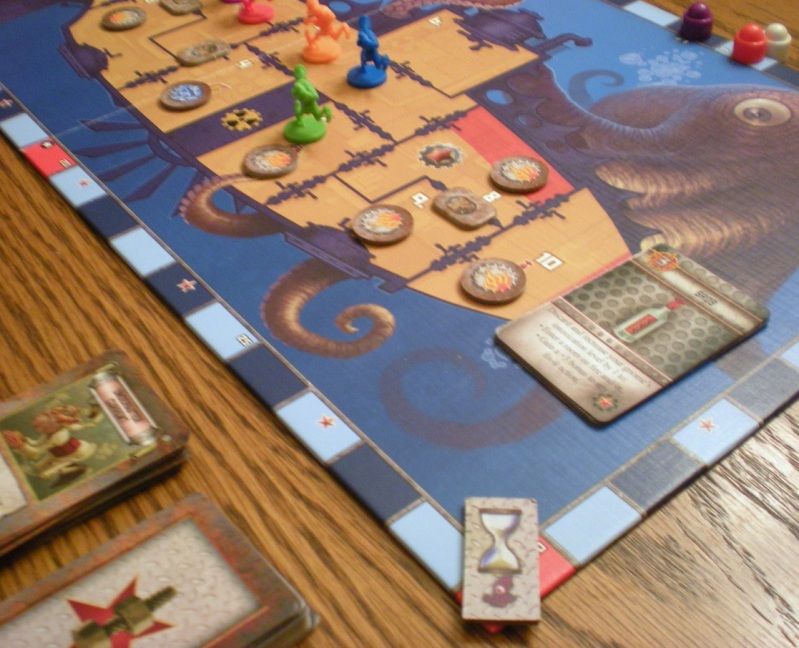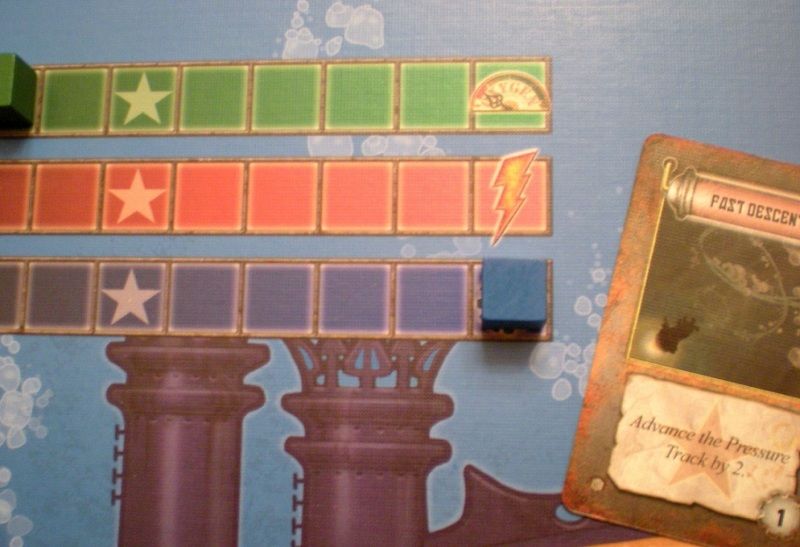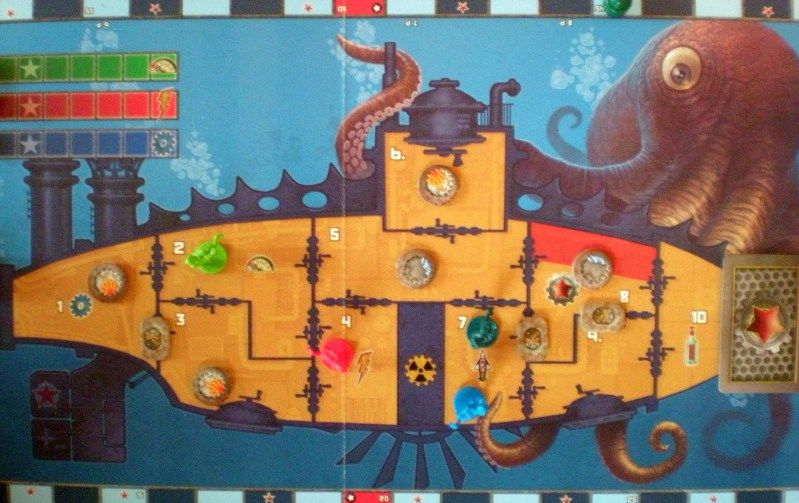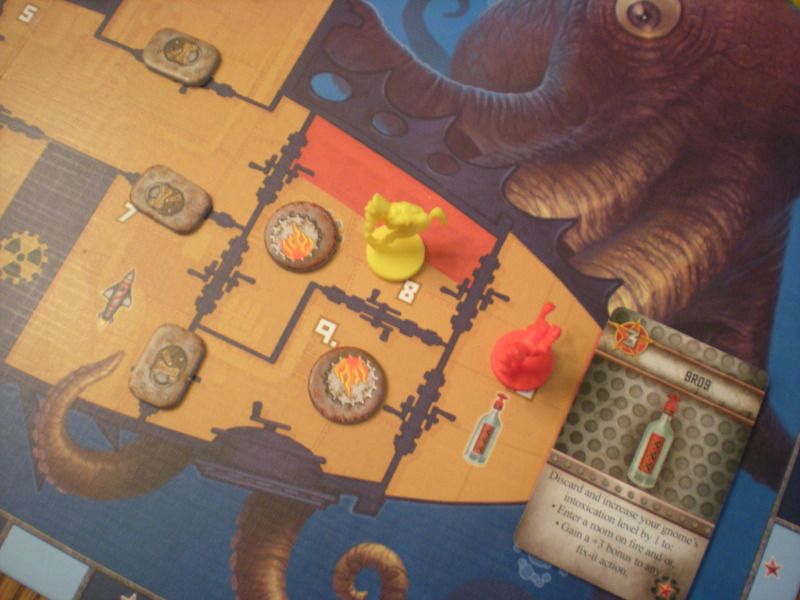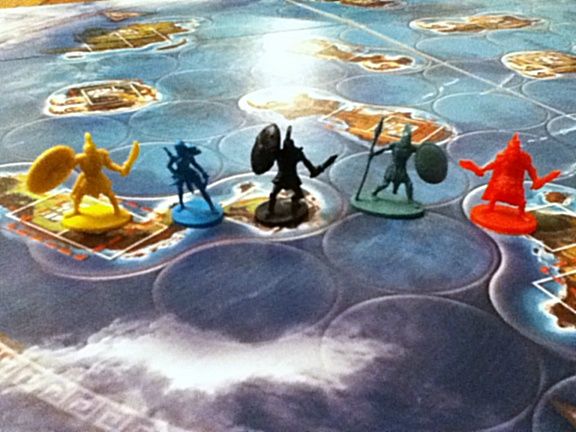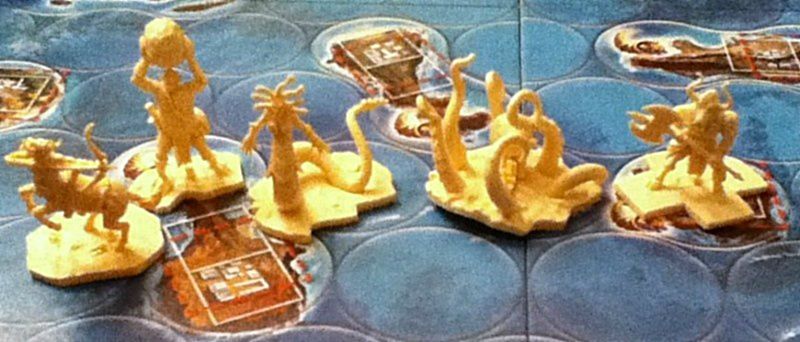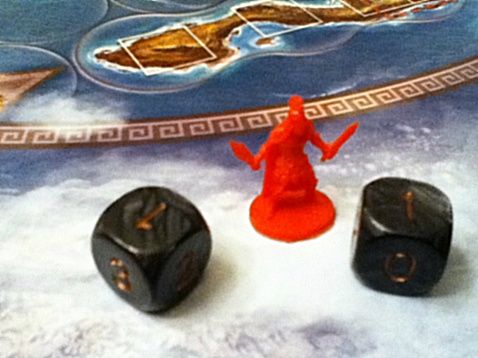On my sixteenth birthday, my best friend and I went to see one of the greatest war films ever made:
Glory. We were huge Civil War buffs and gamers and so beyond pumped to see this movie about the story of the 54th Massachusetts Volunteer Infantry, the first U.S. African-American combat unit. One problem: we were both 16 and the movie carried an 'R' rating, technically meaning no admittance for 16 and under without parental consent. Somehow we ended up in two lines to purchase our tickets. The dude selling tickets in my line was some middle-aged, out-of-shape, crooked-tie manager type. The dude in my friend's line was some shaggy-haired, grunge type not much older than us. My friend bought his ticket without incident while the manager actually refused to sell me one! Slightly ticked-off, we solved the problem when my friend went back through the same line and purchased my ticket from the young employee. We proceeded to enjoy the flick, which earned its 'R' rating with strong language and pull-no-punches, war violence (especially for 1990). At the time, we were just a couple of immature teenagers with naive ideas about war and sacrifice who just wanted to see an epic Civil War movie with death and carnage amidst fluttering banners and gleaming bayonets. Although we weren't disappointed, I've since come to appreciate this story 100% more for its humanity, historical significance, acting, and tremendous pathos. It's one of my Top Five favorites of all time.
I'm often reminded of that day when I ponder one of the stranger characteristics of hobby gaming: the recommended age rating. In America, I think we tend to look at age recommendations on board games in the same light as the Motion Picture Association rates movies: that is by content. At least I did. Video games are similarly rated according to content, which I think further solidifies the perceived connection between a game's thematic material and the age on the box. But after playing a couple dozen hobby games with my own kids (ages 8-10), and reading a great deal about the hobby and its vast titles, I've come to the opinion that the recommended age rating is
almost pointless and almost never about content. It can still provide a wee bit of measurement regarding a game's suitability for certain ages, but by and large, I've come to even question what the number is supposed to represent or signify.
So first, a quick note on content. This opinion piece is sort of an extension of a post I did on
appropriate game themes for children. In a few cases, a game is unquestionably adult-oriented and will carry an appropriate rating to denote as much. On the other hand, some games really flirt with (or outright flaunt) quite suggestive themes.
Tanto Cuore's anime artwork, while not explicit, nonetheless seems disturbingly pedophilic for its 13+ age rating. A few other games have overly dark motifs.
Chaos in the Old World (13+) is played with some of the hobby's most grotesque miniatures on a board of
faux stretched skin. Yet building up a business empire at the start of the Industrial Revolution, as in
Brass, carries the same rating?
One very popular theme in gaming I've no interest in buying is zombies. It's not that I think they're automatically inappropriate for my kids. My two boys actually like them and pretend they're eating their sisters' brains all the time. In fact, they quip they're still hungry afterwards because it wasn't a very large meal! But personally I've never been into zombies, for whatever reason. Still, I looked at zombie games on Board Game Geek and this darker theme still rates no higher than 13+ and as young as 10. The lighter weight title
Zombie Dice is rated at 10+, but only has the dice and little troubling imagery outside the container. The highly thematic
Last Night on Earth goes to 12+ with a good deal more disgusting artwork. Then
Zombie Survival one ups that to 13+ with some disturbing cards, including one of a face being graphically blown off by a shotgun at point blank range. Meanwhile,
Zombie State also rolls in at 13+ despite having very little of the stereotypical, horror imagery (and minor at that) on certain tokens. So what gives? Well, Zombie State is actually more like a war game.
If thematic material has little to do with the recommended age rating, then the next logical connection would be complexity. This might equate to the concept behind age ratings listed on toys. As games can be an extension of the toy industry, the relation seems natural. Yet here again, various titles' age recommendations puzzle me. Heavy and meaty games like
Le Havre and
Caylus rate 12+, while the extremely more refined and sedated
Kingsburg comes in at an inexplicable 13 and over? The rules for thematically immersive classics such as
Axis & Allies and
Twilight Struggle also carry a 12+, while the equally thematic
Cyclades, I would argue, is more straight-forward, yet comes in recommended for a year older?
Then there is always the distinction between complexity of rules and complexity of game play. Often times a simple rules set that children can
understand belies a deeper strategic mindset that is really
required to fully explore the game, yet is more suited for older kids or teenagers. This is certainly more often the case with war games, which are generally rated in the low teen years or just under. But strategy is not just for war games and I question certain age recommendations on seemingly simple titles.
Ticket to Ride,
Dominion, and
Yspahan all have very simple rules and have an 8+ age rating. Yet the actual depth of play gets progressively more strategic from the first to the third. While Ticket to Ride is a great introductory game for kids, Dominion requires more controlled and long-term planning and manipulating, while Yspahan throws a number of options and scenarios at you that require nuanced transitions between planning
and flexibility. These three titles are not on the same level, in my opinion, despite the same rating.
All this to say: the age rating might as well go. I know it is only meant as a guideline. But as outlined above, that guideline is nearly worthless. Plus it is especially misleading to new or non gamers for whom it is probably meant to serve. The ratings are just too sporadic regardless of content, complexity, or theme. We do not have a Herculean collection, but my kids play games that are rated older than they are, and play them well (for example, Kingsburg and
Red November). On the other hand, they can struggle sometimes with a title that is rated in their age range, like Yspahan (which I'll concede could be an anomaly here) and is deeper than they'd like. If you play hobby games with your own kids, you know where their capabilities and preferences lie. When purchasing a game, it is a lot more useful to do your homework. Reading a number of reviews about a title will give you enough information to determine if it is right for your own kids. Not that I'm saying you should completely shy away from introducing more challenging games, as appropriate. On the contrary. Just don't overload them. And keep in mind they're likely not going to appreciate everything that the game has to offer right away. Just like my friend and me going to see Glory (a movie really geared toward college kids and adults for more reasons than just its language and violence), I didn't fully comprehend its message, significance, and artistry until I myself grew up.
